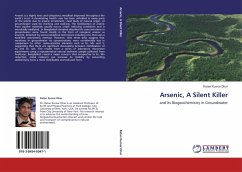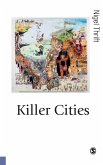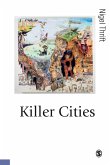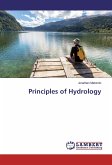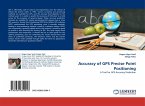Arsenic is a highly toxic and ubiquitous metalloid dispersed throughout the earth s crust. A devastating health crisis has been unfolded in many parts of the world, due to arsenic enrichment, most likely of natural origin, of groundwater used for drinking and cooking. The mobilization of arsenic from aquifer materials usually occurs under reducing conditions and is microbially mediated. In Bangladesh elevated dissolved As concentrations in groundwater were found mostly in the form of inorganic arsenic as arsenite, detected by several analytical techniques including one that uses a modified colorimetric method. However, time series data suggest that variations in groundwater As concentrations were considerably less in comparison to other redox-sensitive elements such as Fe, Mn and S, suggesting that there are significant decoupling between mobilization of As and Fe, Mn. The results from a series of laboratory microcosm experiments using a representative natural sediment sample collected from Araihazar, Bangladesh raised a major concern that irrespective to Fe, Mn reduction, metal reducers can increase As mobility by converting sedimentary As to a more mobilizable and reduced form.
Bitte wählen Sie Ihr Anliegen aus.
Rechnungen
Retourenschein anfordern
Bestellstatus
Storno

